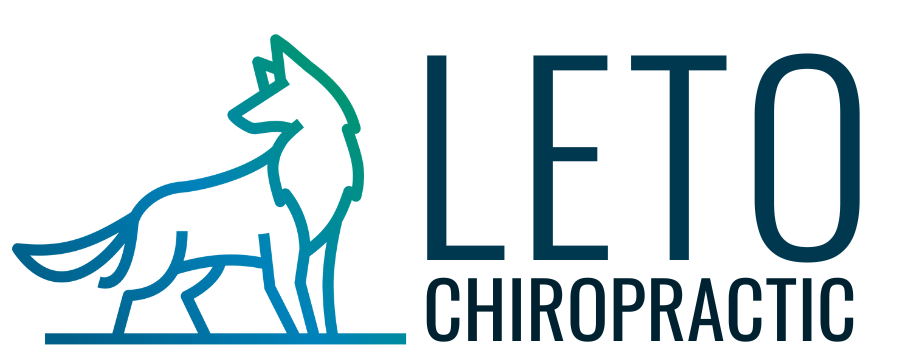The Triangle of Low Back Pain
It is reported that 4 out of 5 Canadians will experience some sort of Low Back Pain in their lifetime. It is the most common chronic condition that comes into our office and the offices of many health care practitioners around the world.
What is the cause of this Low Back Pain and what can we do about it?
Chiropractors work with the spine, pelvis and really all the joints in your body to influence your nervous system to function better. When we have a new Low Back Pain case come in, the examination of the low back takes high priority to discover what is the root cause of this pain. What we are really assessing is your Sacroiliac Joints (SI Joints) that make up your Pelvis and the Lumbosacral Joint where your spine is connected to your Pelvis. We refer to this intimate relationship as ‘The Triangle of Low Back Pain’. What the Chiropractor is trying to determine is which one of these three joints is the primary culprit of Low Back Pain.
If the Lumbar spine, more specifically the lowest disc (L5/S1), is involved, what you will typically see is that the pain is more central - it becomes difficult to sit without pain, spasms are common, the middle of the spine is very tender, you may see some swelling under the skin, it hurts to lay on your back or face down, there may be pain, tingling and/or numbness going down either leg. When the disc is involved you will generally feel increased pain and discomfort if you cough or sneeze. In short, the bone is not moving well on its associated disc which is then increasing pressure in the joint, irritation to the surrounding structures, and ultimately the pain that many of us have felt.
If the Pelvis is involved - either one of the two Sacroiliac joints - the pain pattern is a little different. In general it is more difficult to go from a sitting to a standing position, it hurts to walk, the pain is to either side of the lumbar spine and not in the middle, either the top or the bottom of the SI joint becomes tender to touch, and sometimes this is accompanied with some swelling. When you walk with SI joint pain it may feel difficult to lift the leg or it may feel heavy. Commonly there is a functionally shorter leg on one side (meaning that the leg is not actually shorter, but appears shorter).
Here is the tricky part - commonly you will see one of the SI joints AND the Lumbar joint involved in Low Back Pain. The key is determining which one is the bigger (primary) problem and beginning work there. Ultimately both joints may need some correction, but the assessment first is essential to determine where the problem is stemming from.
—
Hope this article helped you understand a little bit more about the causes of Low Back Pain. Please share this article with anyone that you know who may benefit from this information!

